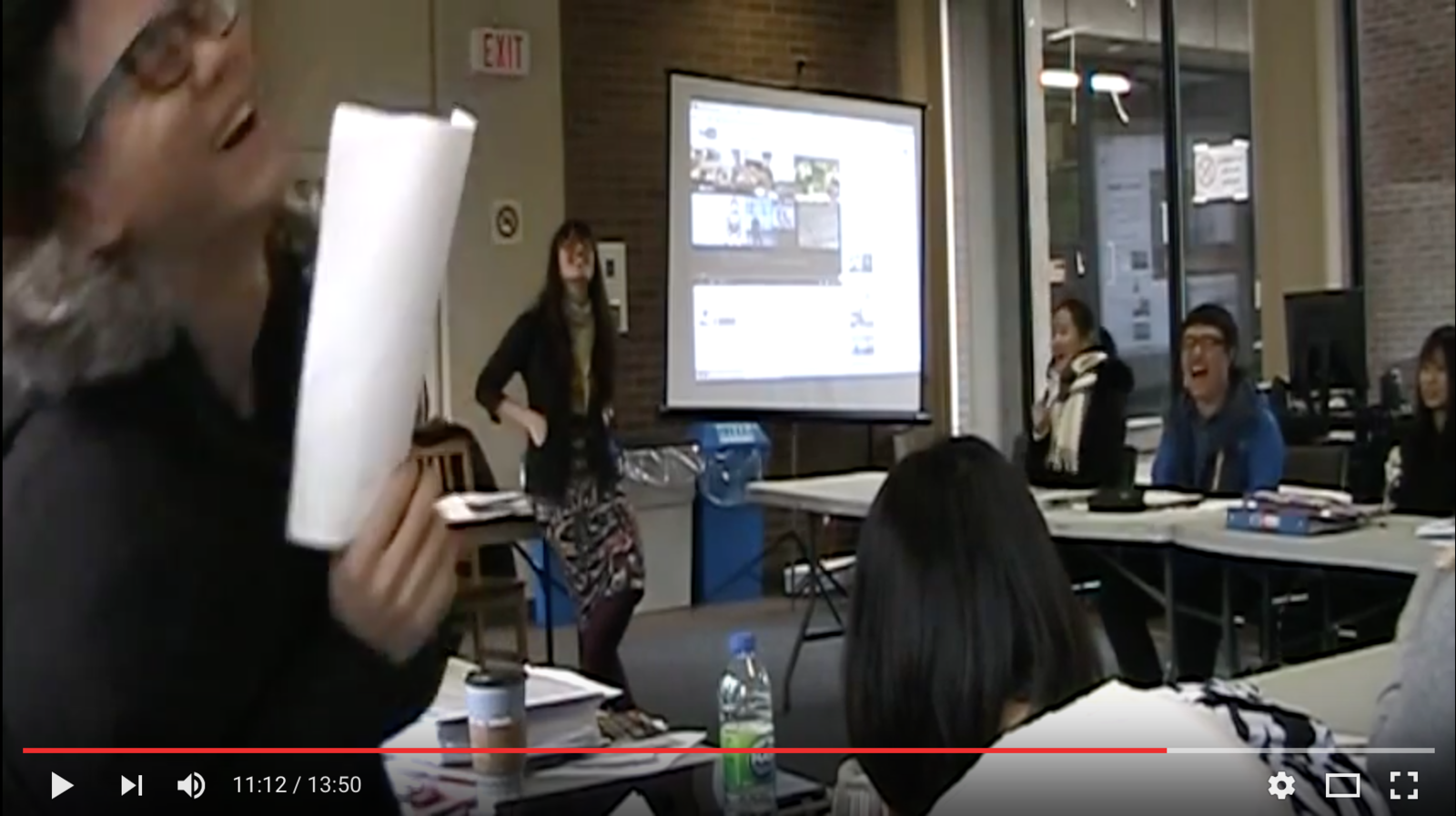Final Project
Discussion of the class setting
in Academic ESL Lesson - Creative Writing
Group 1
Members
化工二 4103065017 林彥丞
資工一 4104056009 洪浩祐
森林一 4104033132 朱達仁
外文二 4103012068 張語軒
環工二 4103063018 劉奕萱
森林一 4104033011 俞鈜文
環工一 4104063055 李子陽
In order
Facts of the lesson
Part I
Question 1
What are goals for students in this course?
And what is the content in this course?
Goals of this course
- cultivate students speech skills.
- Improve students’ writing ability.


First part
Important factors for excellent speech
- Eye-contact
- be confident
- Interesting content


Preliminary draft


Second part
Improve creative writing
- put students into four groups
- make students to write a poem
- by using personification



In the end of the class
- give homework about preliminary draft
- homework must hand in next class
Who are the students?
Question 2
Who are the students?
- Korean students
- college students like us
- English level might be at competent level
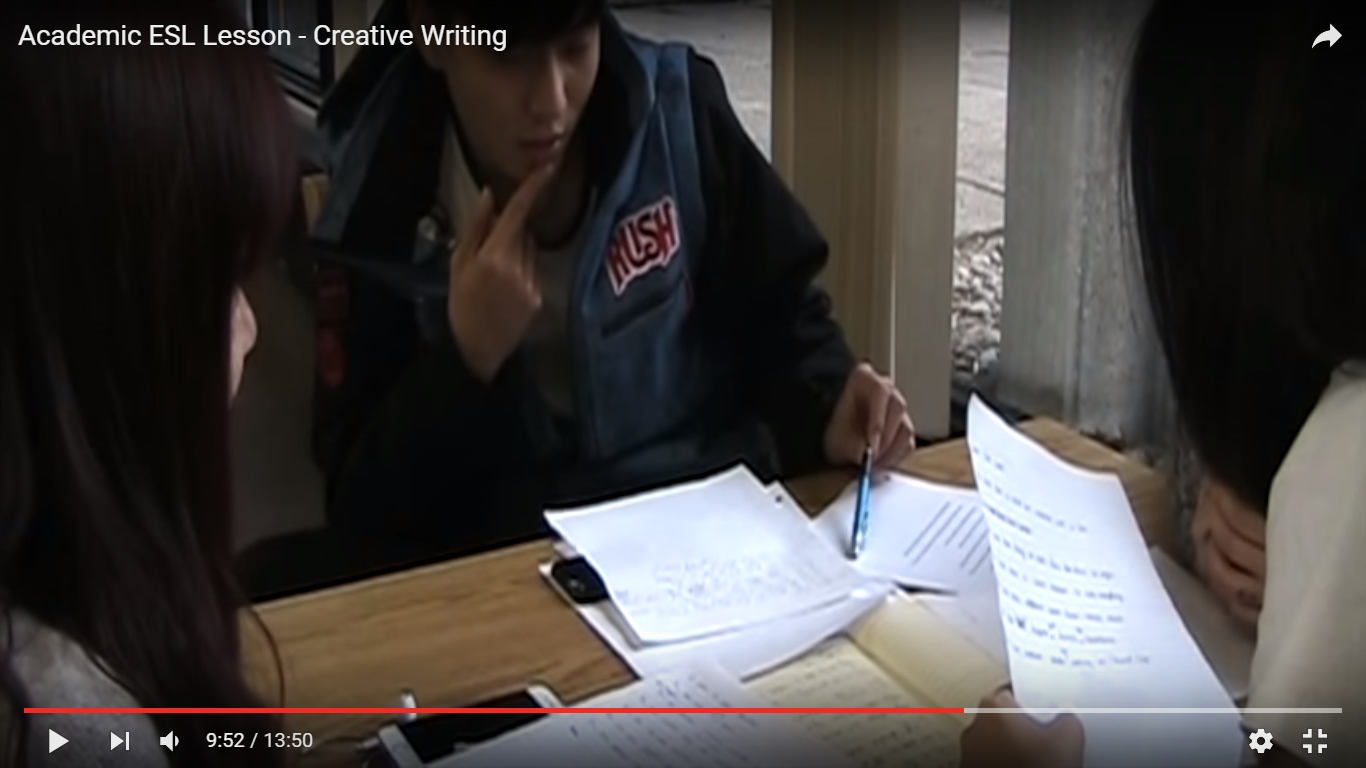
Who is the instructor?
Question 3
Who is the instuctor?
- mature woman
- native speaker
- lots of experience in teaching
- easygoing
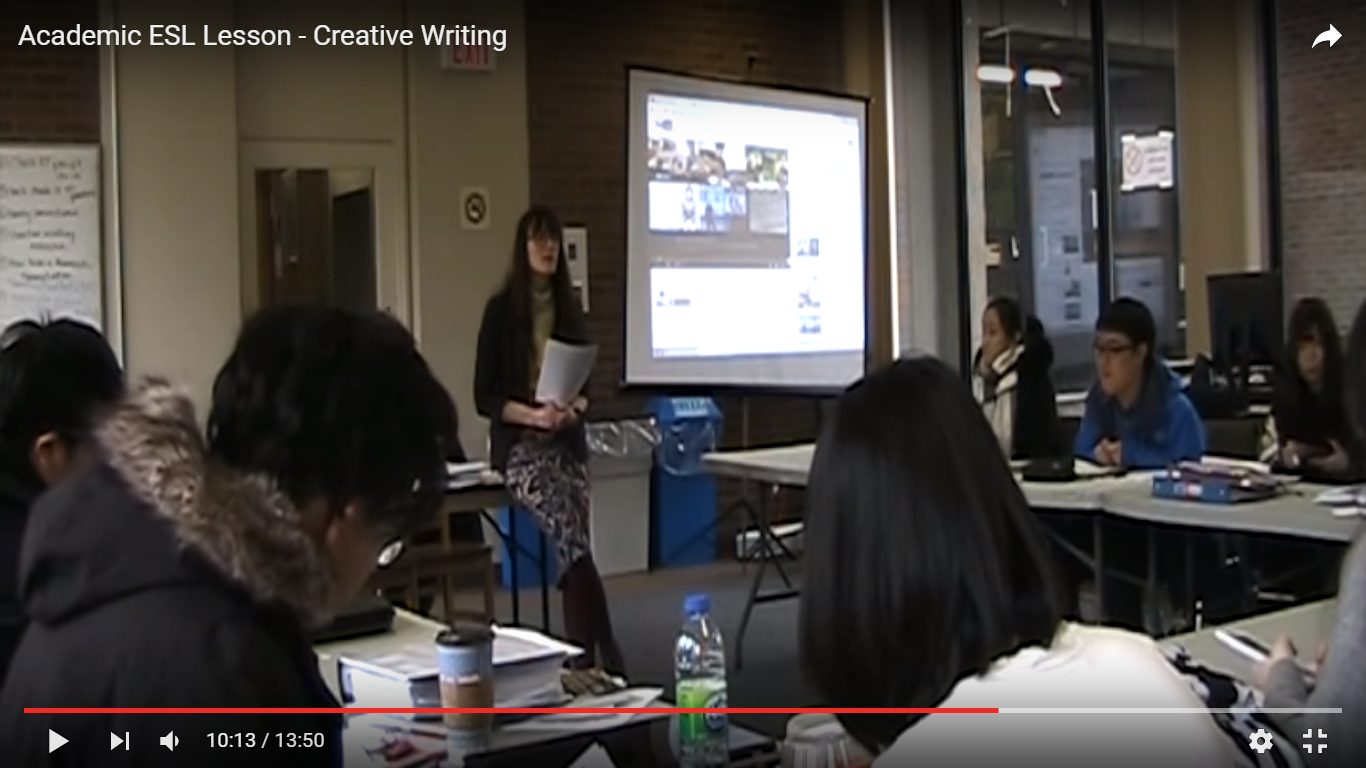
Theory
Part II
How does the instructor put into practice the theory of SLA?
Question 4
Project-based learning
A project-based classroom allows students to investigate questions, propose hypotheses and explanations, discuss their ideas, challenge the ideas of others, and try out new ideas.
(Marx et al., 2004; Rivet & Krajcik, 2004; William & Linn, 2003)
At the beginning of the class, the teacher shows the students a presentation about presentation, stating that it's about their final project.
But we can only know it's about some essay/research because the video was edited
Key Features of PBL
- They start with a driving question, a problem to be solved.
- Students explore the driving question by participating in authentic, situated inquiry – processes of problem solving that are central to expert performance in the discipline. As students explore the driving question, they learn and apply important ideas in the discipline.
- Students, teachers, and community members engage in collaborative activities to find solutions to the driving question. This mirrors the complex social situation of expert problem solving.
- While engaged in the inquiry process, students are scaffolding with learning technologies that help them participate in activities normally beyond their ability.
- Students create a set of tangible products that address the driving question. These are shared artifacts, publicly accessible external representations of the class’s learning.
Blumenfeld et al., 1991; Krajcik, et al., 1994; Krajcik, Czerniak, & Berger, 2002
Student-centered pedagogy
We can see that the teacher put emphasis on the students. The main purpose of this lesson is to introduce them the idea of creative writing. Let them discuss about the example poems (in group).
And then give them opportunity to output (individual).

poem of the classroom
group reading/discussion
write their own poem
Reading out loud their works
He is dropping out of the camera because he mistook "discussing" to be "disgusting" . Haha^^
Have a look!
What is the technology incorporated into
the classroom?
Question 5
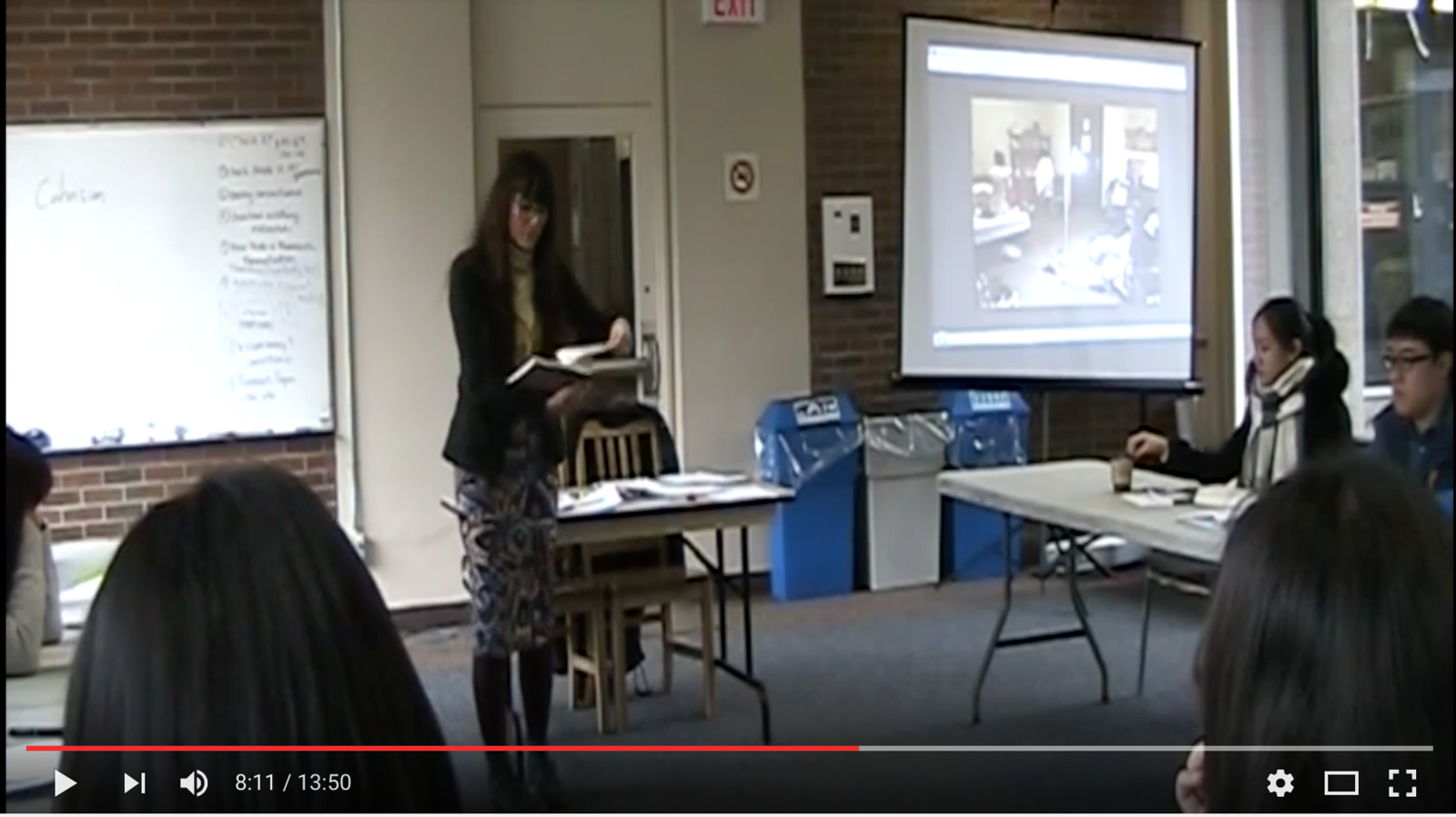
"Work sheets" are used in this class
to show the teaching materials (poem) to the students /
and to let them "output" their own thoughts

Projector is used in this class
Problem
Part III
Creative Writing
teaching method?
technology?
How does the instructor teach with the technology?
How do the students learn with the technology?
Question 6,7
The Use of Technology
projection screen
(overhead projector)
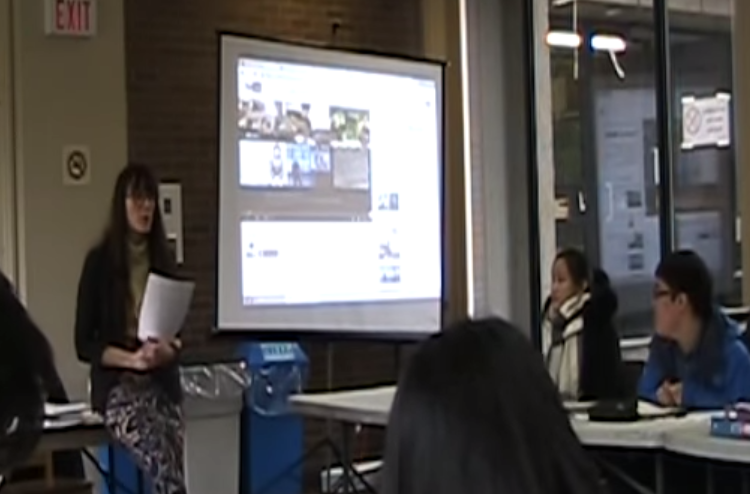
YouTube
(websites)
Creative?

computers/laptops
interactive whiteboard
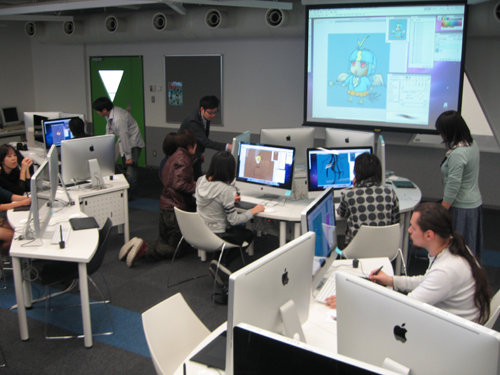
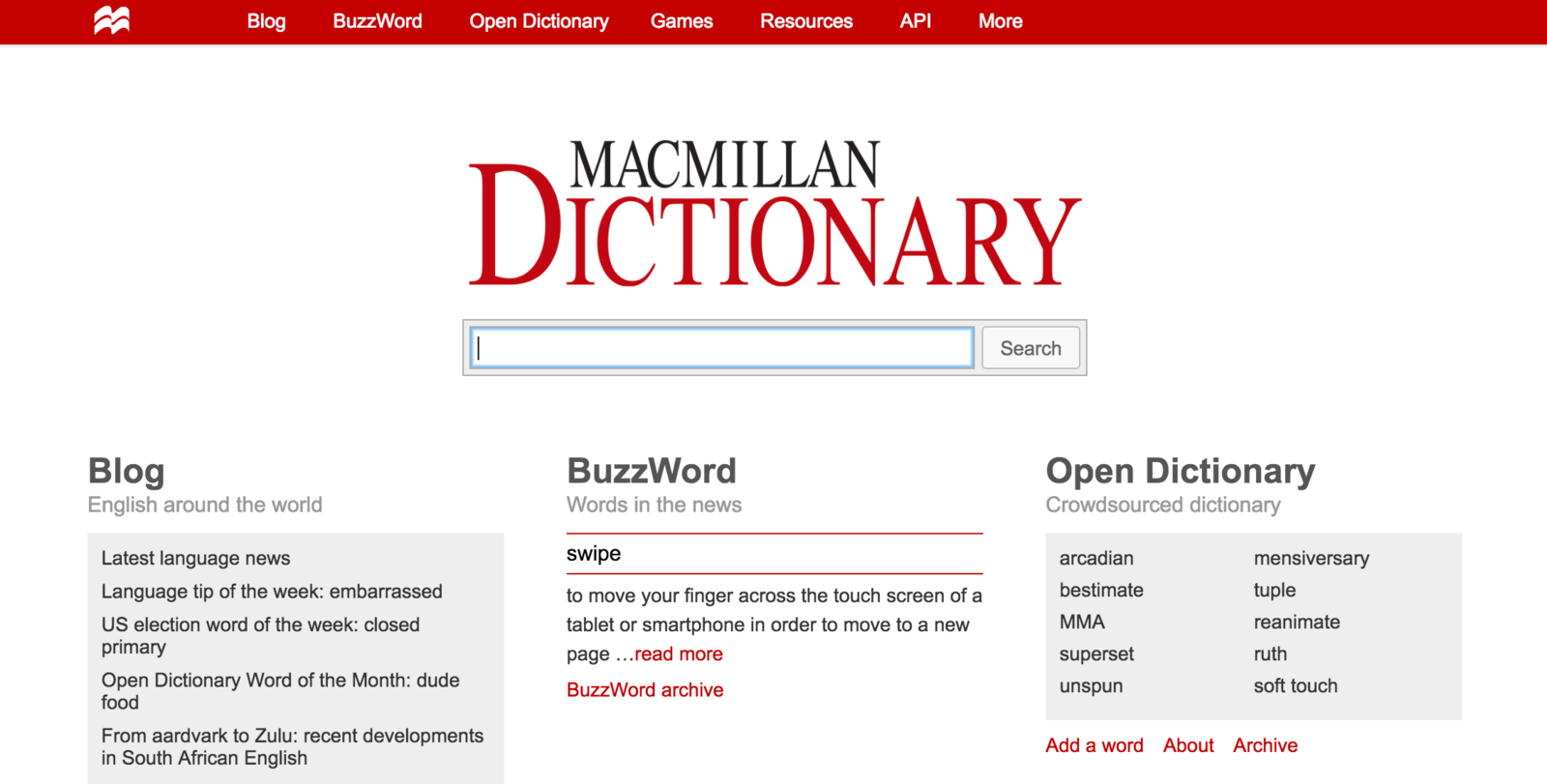
online dictionary

peer editing







always giving instructions
passive learning
Our Solution
Part IV
What technology we expect to add in the class ?
Question 8
Text
Text
jiji3ji
- Computers
- online resources
- focus: everyone can see easily what teacher is showing.
- online platform : place to provide informations,documents,links...everything
- everyone should have computers
Computers
- work efficiently: students can do much more creatively
online resources
- accessment : Internet allows every member in the class to learn or teach differently.
- opportunities: discussions not only happened in the classroom
- everywhere: students can do what they want to do with mobile phone
How does this technology facilitate L2 development ?
Question 9
computers
online recourses
project-based learning
student-cantered pedagogy
facilitate
facilitate project-based learning
- Construct learning scheme
- Integrate and detail the process of learning
- Speed up the efficiency of learning
- Let the students still can communicate and discuss after class
facilitate student-centered pedagogy
- Provide platforms for students to discuss
- Solve the problem with information online
- Develop the habit of independent problem-solving
How does teacher use these ways to change the teaching method ?
Question 10
What should the teacher do ?
- let students write at home
- let them share ideas and help to find out problems
if the teacher allow students to write at home,
she should...
- introduce the project before the class
- provide some examples
- inspire student with some activities
let them share ideas and help to find out problems
1.set a class for students to discuss their work
2.join in the discussion and help them find the mistakes of their work
3.guide student how to solve their problems and students ought to fix the problem on their own.
Reference
-
Project-Based Learning
(Joseph S. Krajcik and Phyllis C.Blumenfeld)
In The Cambridge Handbook of the Learning Sciences
(R. Keith Sawyer - 2005)
Thanks for your attention!
SLA Final Project
By Hao-You Hung
SLA Final Project
by Group1 of Multimedia and Second Language Acquisition
- 523
